Xiaomi unveiled its flagship series in China, skipping the 16 series to rival Apple’s iPhone 17 line-up. The Xiaomi 17 Pro and Pro Max become the first smartphone devices globally to adopt Qualcomm’s Snapdragon 8 Elite Gen 5 silicon. Both phones feature dual screen-toting designs with full-width secondary displays on their backs, transforming rear camera islands into functional tiny secondary displays. This launching strategy positions Xiaomi as a top-tier competitor against established flagships.
Leica-tuned cameras, Android 16-based HyperOS 3, and large-capacity batteries define this new range. The secondary display serves multiple purposes: camera viewfinder, incoming calls, notifications, countdown timers, and music control. IP68-rated dust and water resistance ensures durability across both models. China receives first access, with global launch planned for months later. The series includes three variants: Xiaomi 17, 17 Pro, and 17 Pro Max.
Xiaomi 17 Pro & Pro Max Comparison Table
| Feature | Xiaomi 17 Pro | Xiaomi 17 Pro Max |
|---|---|---|
| Chipset / Processor | Snapdragon 8 Elite Gen 5 | Snapdragon 8 Elite Gen 5 |
| Front Display | 6.7-inch LTPO OLED, 1-120 Hz, up to 3,500 nits | 6.9-inch LTPO OLED, 1-120 Hz, up to 3,500 nits |
| Secondary Rear Display | 2.7-inch Magic Back OLED | Around 2.9-inch rear OLED |
| Battery & Charging | 6,300 mAh, 100 W wired, 50 W wireless, reverse charging | 7,500 mAh, 100 W wired, 50 W wireless, reverse charging |
| Camera System | Triple 50 MP: Leica main (f/1.67, OIS), ultra-wide, 5× telephoto | Triple 50 MP: Leica main, ultra-wide, enhanced periscope telephoto with macro |
| Colors / Finishes | Cold Smoke Purple, plus other finishes | Forest Green, plus other finishes |
| Other Shared Features | HyperOS 3 (Android 16 base), IP68 dust/water resistance, flat displays, rear screen functions (notifications, camera viewfinder, music control) | HyperOS 3 (Android 16 base), IP68 dust/water resistance, flat displays, rear screen functions (notifications, camera viewfinder, music control) |
Xiaomi 17 Pro – Display (Front)
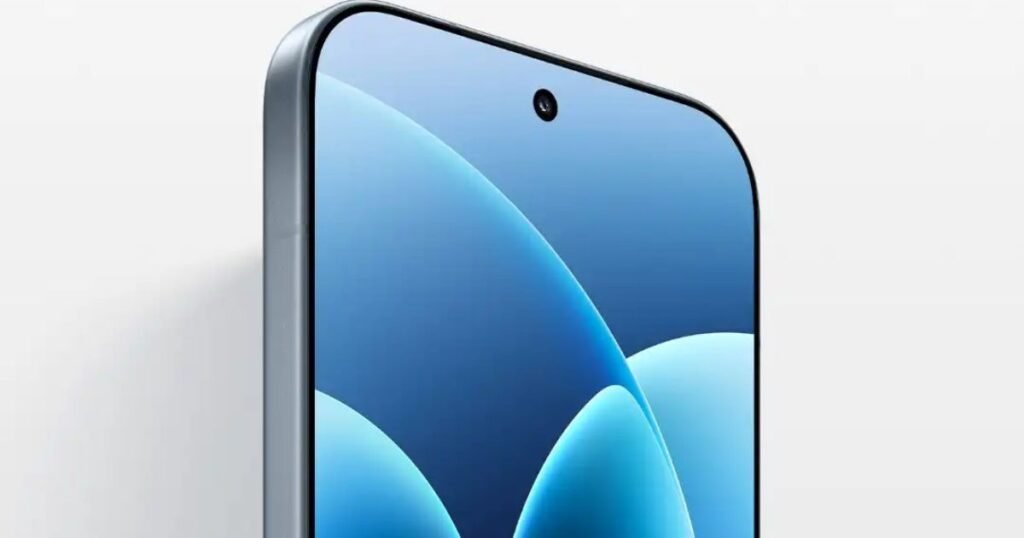
The 17 Pro features a 6.7″, 6.7-inch LTPO panel that delivers 1-120Hz adaptive refresh rates. This LTPO OLED display achieves up to 3,500 nits peak brightness with 12-bit 12-bit colors. DC dimming ensures comfortable viewing during extended sessions without visible flicker.
Each screen maintains retina-searing 3500 nits intensity while vibrant OLED colours enhance media consumption. The OLED technology should deliver exceptional contrast ratios across full width screens. Display performance remains consistent whether you’re engaged in music playback or intensive show streaming tasks.
Features with Benefits
- 6.7″ LTPO OLED, 1–120Hz → Lag-free scrolling and gaming, battery-efficient for everyday use.
- Clear vision even in direct sunlight thanks to a brightness of 3,500 nits.
- Accurate, flicker-free images with 12-bit colors and DC dimming provide eye comfort.
- Punch-hole and ultra-thin bezels combine to create an immersive, edge-to-edge media viewing experience.
Xiaomi 17 Pro – Secondary Display (Rear)
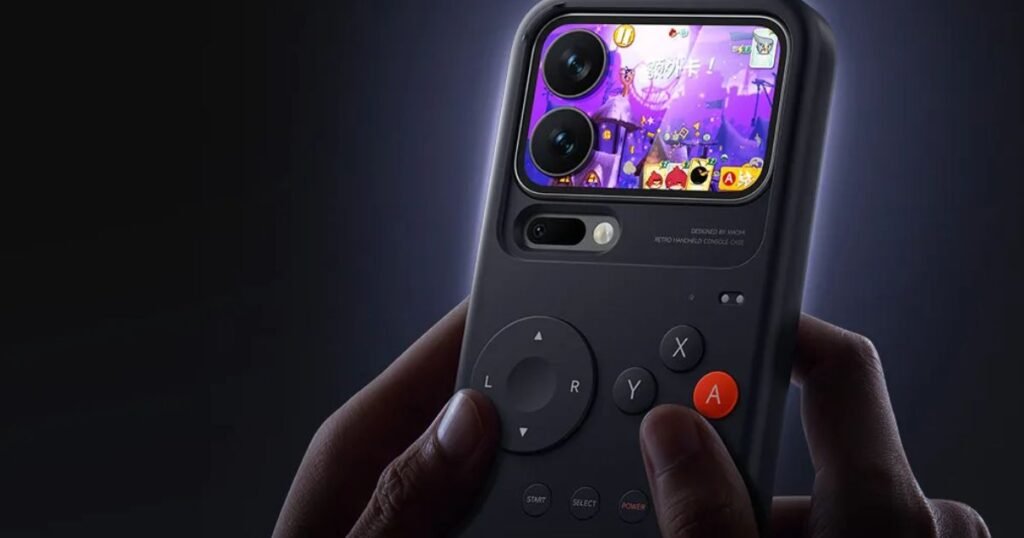
The rear 2.7-inch panel serves practical functions beyond mere aesthetics. Users can control their music player, check incoming messages and calls, or see notifications without unfolding the device. The screen also enables quick selfies using the main camera, eliminating the need to flip open your phone. This addition transforms how you interact with a fold device daily.
Already mentioned functionality includes music playback control, but the display can do other things too. You can pick from cute wallpapers that appear when you grab your device, or pair it with the new retro case for a pocketable game console aesthetic. The 2.9in reference relates to its sibling, though this smaller 2.7in panel delivers high refresh rate OLED screens with epic levels of claimed brightness. So on, the flexibility and fun this brings makes the flip phone ability genuinely awesome.
Xiaomi 17 Pro – Secondary Display Use Cases
The 2.7-inch rear display on the back transforms music playback into a visual experience without flipping the device. This pretty awesome display with 904 × 572px resolution and 120Hz refresh rate offers music control that’s instantly accessible during workouts or commutes. DC dimming ensures eye comfort when adjusting tracks in low light environments.
Benefits For Users
- Instant Music Control: Easily control music playback without picking up the phone.
- Smart Notifications: For extra convenience, quickly review calls and alerts.
- Personalized Experience: Add retro case aesthetics or wallpaper to personalize.
- Pro-Grade Selfies: Use the rear screen of the Leica cameras as a viewfinder.
Creative ideas emerge when this second small flagship feature enables main camera selfies using the superior rear camera system. The company integrated this more capable model to act as a viewfinder, letting users say goodbye to front-facing limitations. This flexibility essentially gives photographers professional-grade self-portraits with fold-free composition previewing.
Xiaomi 17 Pro – Processor
Powered by Snapdragon 8 Elite Gen 5, the Xiaomi 17 Pro leverages similar thermal architecture to its larger counterpart. The 4,637mm² vapor chamber ensures sustained performance during intensive tasks, while LPDDR5X memory configurations reach 12GB or 16GB capacities. Storage options start at 512GB UFS 4.1, providing rapid data access for power users. Advanced RAM management keeps multiple applications responsive without compromise.
The sibling relationship between both models becomes evident through shared processing foundations, though each optimizes differently. An option to upgrade to 1TB exists for content creators requiring expanded capacity. This model benefits from mature manufacturing processes, delivering efficiency gains over previous generations. Like professional-grade workstations, its cooling solution prevents thermal throttling during extended gaming sessions.
Xiaomi 17 Pro – Battery
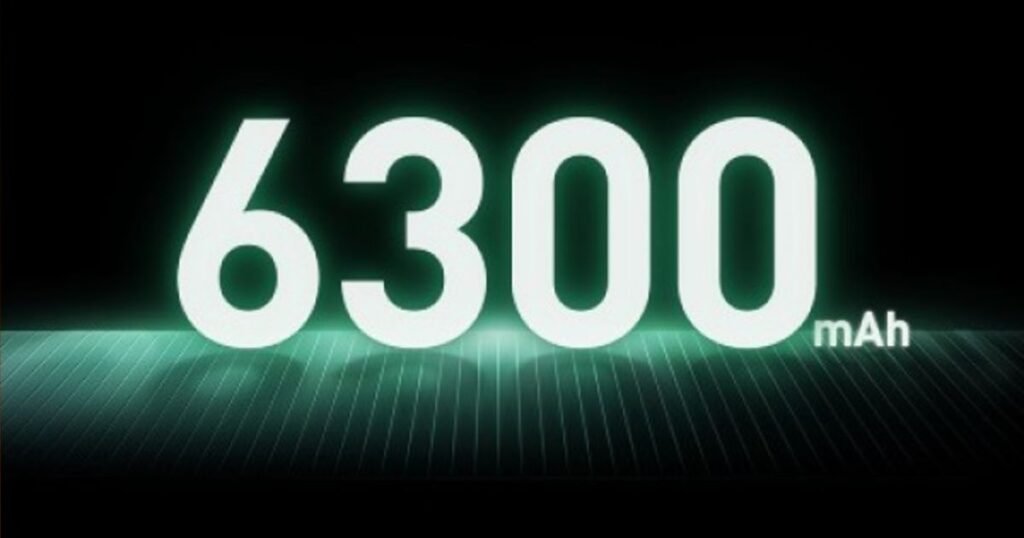
The Pro model includes a 6,300 battery, offering substantial endurance for intensive daily usage scenarios. This model supports 100W wired HyperCharge technology alongside 50W wireless charging capabilities, ensuring minimal downtime during charging sessions.
As well as rapid power replenishment, the device can function as a portable power bank through its 22.5W reverse wired and wireless charging feature. Users can make use of this reverse wireless charging functionality to energize compatible accessories or secondary devices when needed.
Xiaomi 17 Pro – Camera System
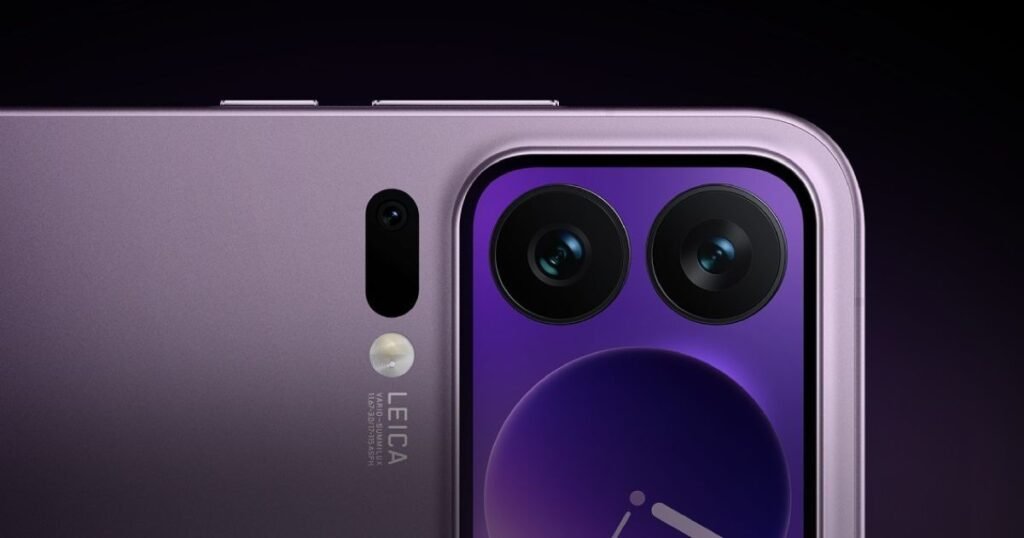
The 17 Pro brings significant imaging upgrades through its redesigned optical architecture. Its triple-camera setup centers on a 50MP primary sensor measuring 1/1.28″ with the Light Fusion 950L technology, paired with an f/1.67 Leica Summilux lens featuring OIS for superior low-light capture. This sensor supports LOFIC HDR (Lateral Overflow Integration Capacitor), enabling enhanced dynamic range processing that outperforms conventional HDR approaches.
- Low light and high dynamic range performance: the 50MP primary sensor uses a Leica Summilux lens, OIS, Light Fusion 950L, and LOFIC HDR.
- Ultra-Wide & Telephoto: 5x periscope optical zoom (f/3.0) and 102° ultra-wide for flexible shooting.
- Macro Photography: Without changing modes, tele-macro allows for close-ups of objects up to 20 cm.
- Color Consistency: All cameras reproduce colors consistently thanks to Leica calibration.
The ultra-wide offers 102° field coverage, while the periscope telephoto delivers optical zoom capabilities at 5x magnification with an f/3.0 aperture. Tele-macro shots require a minimum 20cm distance, allowing detailed close-up photography without switching modes. The Front camera matches the 90-degree FoV found on flagship devices, while the Rear camera system maintains consistent color science across all focal lengths through Leica calibration standards.
Xiaomi 17 Pro – Operating System
The OS infrastructure on this device reflects Xiaomi’s commitment to long-term software evolution. Similar optimizations across different models ensure consistent performance delivery. The OS manages hardware integration through advanced scheduling algorithms that adapt to user patterns. Regular updates maintain security protocols while introducing features that enhance daily usability.
Operating System elements
- HyperOS 3 (Android 16): A more fluid, well-optimized system with enhanced functionality.
- AI features: Include dynamic AI-generated wallpapers and intelligent automation.
- Super Island and HyperConnect: Enable seamless device use while multitasking.
- Security & Personalization: New fonts, dynamic lock screens, MiTEE security, and on-device privacy.
Computational efficiency improves through OS-level power management strategies tied to the silicon architecture. The interface responds fluidly thanks to memory allocation protocols optimized for multitasking scenarios. System-wide gestures provide intuitive navigation paths across multiple applications simultaneously. Background processes execute without compromising foreground responsiveness or battery longevity.
Xiaomi 17 Pro Max – Display (Front)
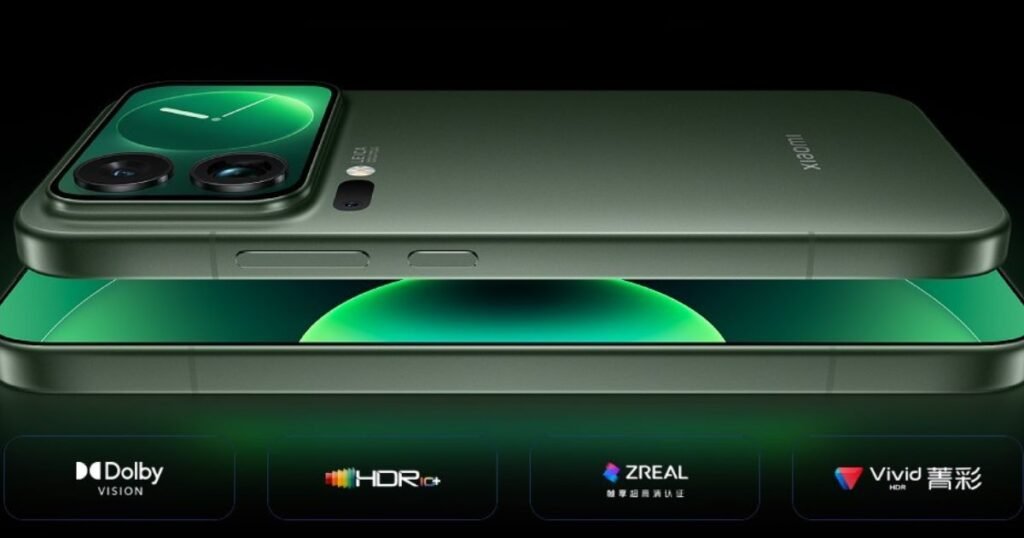
The front display utilizes a 6.9-inch LTPO OLED panel with AMOLED display technology that adds vibrant OLED colours throughout. LTPO architecture enables dynamic refresh rate adjustment from 1-120Hz, optimizing power consumption while maintaining visual fluidity.
Dragon Crystal Glass shields the screen, while M10 luminescent material helps reach 3,500 nits peak brightness levels. Lower levels maintain readability in dim environments, and the same protective treatment appears across both Pro variants, though the larger Pro Max benefits from identical screen specifications.
Xiaomi 17 Pro Max – Secondary Display (Rear)

The Pro Max also features a secondary screen that was clearly announced today alongside its primary display. This rear panel transforms the device into something beyond conventional smartphone expectations. Unlike traditional notification screens, this implementation pushes functional boundaries within Xiaomi’s flagship ecosystem.
Xiaomi 17 Pro Max – Secondary Rear Display Features
- Camera Module’s Rear Display – a 2.9-inch screen.
- Functionality – View clocks, manage music, check notifications, and use the Leica cameras as a selfie viewfinder.
- Gaming Mode – With a special case, it can be transformed into a tiny, vintage gaming console.
The integration marks a distinct departure from minimalist design philosophy that dominated previous generations. Today’s reveal clearly positions this dual-screen approach as essential rather than experimental. The rear display complements the massive front panel without compromising the device’s premium aesthetic.
Xiaomi 17 Pro Max – Camera System
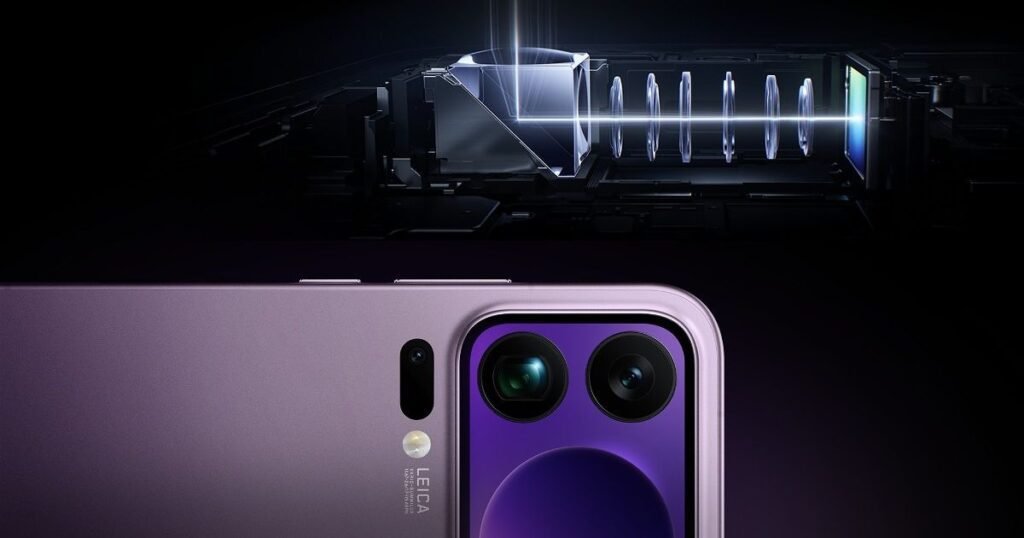
The Xiaomi 17 Pro Max challenges conventional smartphone photography through its three cameras and rear screen synergy. Leica has lent its hand to the photography front, ensuring Leica photography styles remain available through the camera app. The main module uses the Light Fusion 950L sensor with 1/1.28″ dimensions and 1.22µm pixels, delivering 16.5 stops of dynamic range. This lead snapper features phase-detect autofocus paired with a Leica Summilux lens at f/1.67 ( f/2.6) aperture, while OIS (optical image stabilisation) ensures stability. The new floating prism design enables a longer telephoto lens compared to the Xiaomi 15, which one had a 2.6x (60mm lens) configuration.
- Primary: Leica Summilux (f/1.67–f/2.6), Light Fusion 950L, OIS, 16.5 stops DR.
- Periscope: 20cm macro, 5x optical zoom, 50MP.
- Front: f/2.2, 90°, ToF sensor; 102° ultra-wide.
- Rear Screen: Improves selfies and shooting workflows.
The periscope module houses a 50MP sensor with a 5x lens at f/3.0 aperture, and interestingly, this module can shoot macro images from a 20cm distance. The ultra-wide camera doesn’t quite live up to its name with a 102-degree (102°) field of view—not all that wide in actuality. The Front camera has been upgraded with an f/2.2, 90° lens, and there’s a new 3D Time-of-Flight (ToF) sensor too. This addition of an extra screen at the home creates unique use scenarios beyond typical selfie camera functionality, transforming Rear camera workflows.
Xiaomi 17 Pro Max – Battery
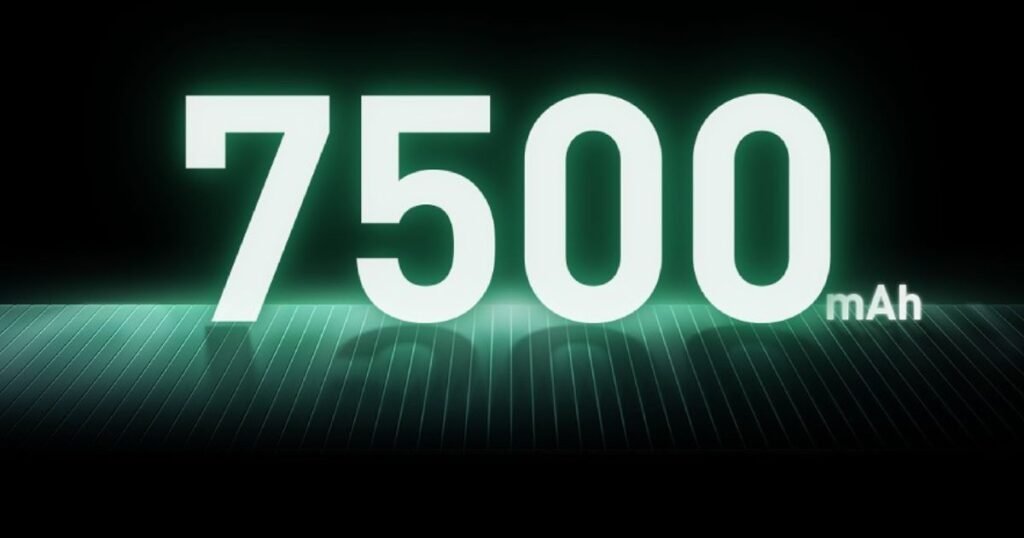
The big Pro Max stands out with its exceptional power capacity despite being much larger in form factor. Xiaomi engineered a 75,00mAh solution by cranking up silicon content within the chassis, delivering super fast charge capabilities. Wired refueling reaches 100W through USB-C, while wireless charging peaks at 50W for cable-free convenience. The battery management chip Surge G2 maintains at least 80% capacity even after 2,000 charge cycles, ensuring longevity.
Reverse charging functionality operates at 22.5W, transforming the phone into a portable power source when needed. Both PPS standards receive full support, maximizing compatibility across charging ecosystems. Paired with this generous setup, users experience minimal downtime whether charging over traditional methods or wirelessly. The battery system ensures the device will be operational throughout demanding workdays without compromise. This room inside the flagship finds good health balance between capacity and charging speed.
Xiaomi 17 Pro Max – Processor
The large 5,533mm² vapor chamber ensures thermal stability during extended gaming sessions. Powered by the recently-revealed flagship chipsets, this large device handles multitasking effortlessly. Phones like this demonstrate how announced silicon transforms user experience fundamentally.
Either 12GB or 16GB of LPDDR5X RAM pairs with UFS 4.1 storage options. Users can choose 256GB, 512GB, or even 1TB configurations depending on needs. The latest processor delivers exceptional performance across all applications daily.
Xiaomi 17 Pro Max – Operating System
The Pro Max inherits OS architecture from its predecessor, though Xiaomi hasn’t officially disclosed whether LPDDR5X integration affects system-level performance optimizations. Industry analysts note that flagship devices powered by advanced chipsets often get tailored operating system enhancements. Memory management protocols also leverage on-board resources to ensure seamless multitasking across applications.
Along with core functionality, secondary display elements introduce unique software challenges for developers. The larger rear screen requires dedicated UI frameworks that can turn standard notifications into interactive widgets. Some manufacturers implement custom overlays that cover essential shortcuts, though real-world usability studies suggest users prefer minimalist interfaces over feature-saturated panels.
PRICING & AVAILABILITY
The Xiaomi 17 Pro starts at CNY 4,999 (approximately $700), while the Pro Max begins at CNY 5,999 (roughly $840) in China. Recently launched pricing positions both models competitively, with 512GB base configurations available across tiers and 1TB premium options commanding incremental costs.
Western phone fans await confirmation as global variants remain officially unannounced beyond Chinese markets currently. International pricing structures stay undisclosed, leaving regional expansion timelines uncertain for enthusiasts seeking these flagship devices with their advanced specifications.
Frequently Asked Questions
1. What camera improvements are expected?
Enhanced zoom, better low-light performance, and higher resolution.
2. How will the extra screens be implemented?
Through foldable or secondary display technology for multitasking.
3. What is the expected launch date?
The device is anticipated to launch in the upcoming quarter.
4. Will the battery life improve with new features?
Yes, optimized hardware and software aim to extend usage time.
5. What price range can customers expect?
It will likely fall within the premium flagship category.
Fatima Khan is a seasoned technology journalist with 6+ years of experience covering consumer electronics, mobile devices, laptops, and emerging technology trends. Specializes in comprehensive smartphone reviews, laptop performance testing, gaming hardware analysis, and consumer electronics evaluation. Has extensively covered flagship phone launches, budget laptop comparisons, wearable technology, smart home devices, and audio equipment reviews.
Additionally covers software development trends, programming languages, coding tutorials, app reviews, and developer tools. Provides insights on software updates, mobile app testing, development frameworks, and tech industry analysis for both consumers and developers.





1 thought on “Xiaomi 17 Pro & Pro Max Unleash Dual Screens, Elite Power”
Pingback: HyperOS 3: Will Xiaomi Finally Kill System Ads Forever?